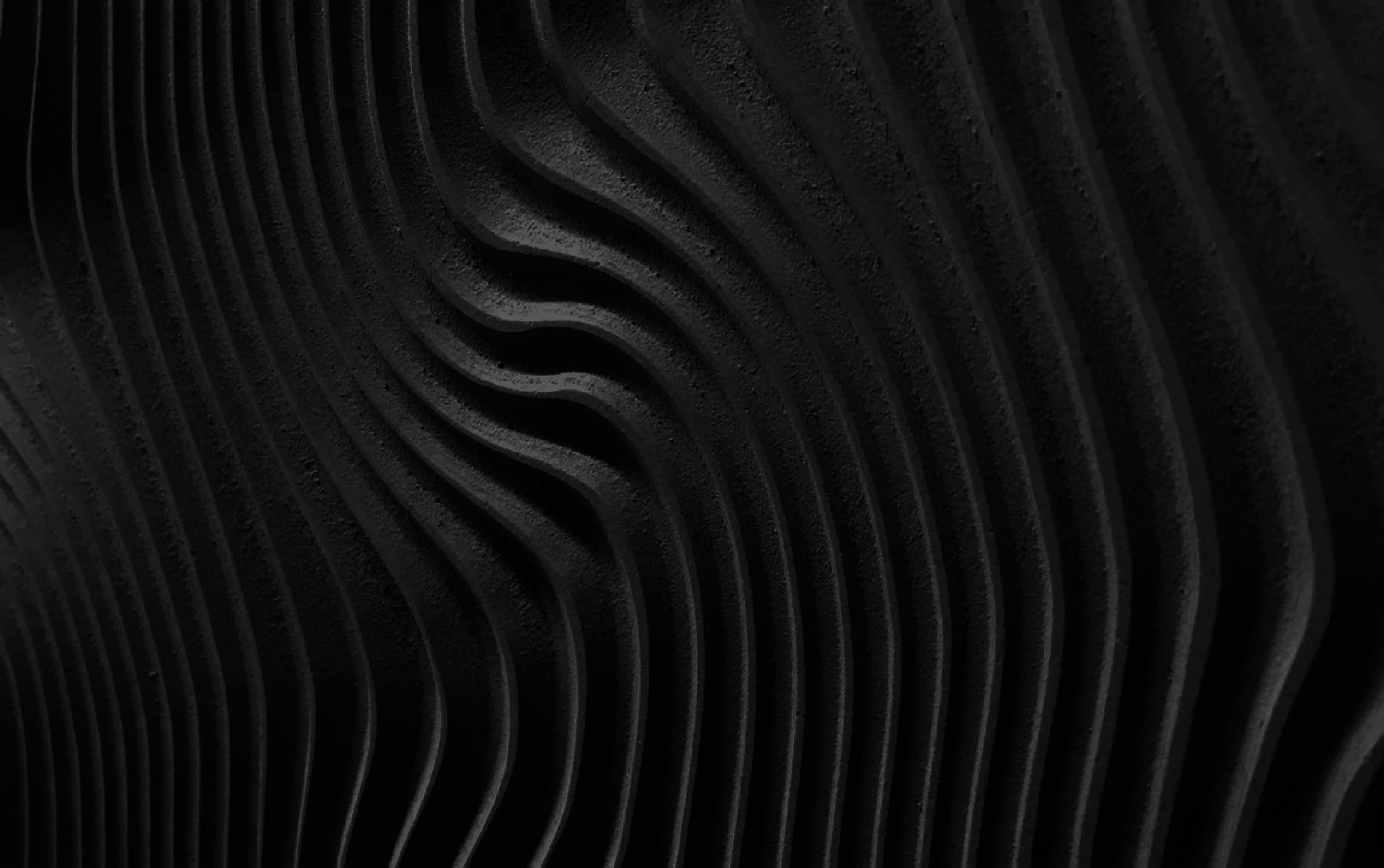Advanced Virtual Prototyping of Audio Devices
Introduction: The Elusive Perfect Sound & The Prototyping Nightmare
Every audio device developer – whether crafting immersive headsets, intelligent microphone arrays, or next-generation smart speakers – dreams of perfecting acoustic performance. But translating that dream into reality often becomes a nightmare of traditional hardware-centric prototyping. It's a cycle defined by latency, spiraling costs, and the infuriating inflexibility of physical testing environments. Need to evaluate your device in ten different room configurations? Prepare for weeks of laborious, iterative measurements, each physical prototype a costly step. This is the modern acoustic challenge: the immense data needed for true understanding versus the crippling cost of acquiring it.
The Treble SDK shatters these limitations. We empower you with physically-based, fully virtual prototyping, merging a state-of-the-art simulation engine with sophisticated audio device modeling. Imagine iterating on designs in minutes or hours, not weeks, and testing in countless virtual environments without ever building a physical unit.
The Bottleneck: Why Traditional Acoustic Simulation (and Prototyping) Falls Short
For too long, virtual acoustic design has been hampered. Conventional simulation methods often rely on high-frequency approximations like the image source method or ray tracing. While useful for certain scenarios, they notoriously fail to capture the crucial low-frequency wave phenomena – diffraction, interference, and modal effects – that define how sound truly behaves in enclosed spaces, especially for compact modern devices. This is akin to trying to understand an ocean by only looking at the surface ripples.
On the other hand, while traditional Finite Element Methods (FEM) can capture these wave effects, they've historically been computationally prohibitive for the broadband frequencies and large, complex spaces relevant to real-world audio products. This creates a frustrating paradox: the very details you need for accurate device performance prediction are the hardest to obtain. Hardware iterations become the default, but they are slow, expensive, and offer limited insight into why a design performs a certain way in diverse conditions.
Treble’s breakthrough is a proprietary, highly optimized FEM solver integrated into a hybrid engine. This makes simulating realistic audio devices within complex, real-life environments not just possible, but efficient – finally making true virtual prototyping a feasible, agile approach to audio product development.
The Treble SDK Architecture: Precision Where It Counts, Speed Where It’s Needed
The Treble SDK achieves this through an intelligent hybrid approach:
- Wave-Based Precision (FEM): The room acoustic domain is discretized using an adaptive finite element mesh. Our engine delivers full wave-based simulations, capturing all phase-coherent effects like standing waves, edge diffraction, and complex interference patterns. While the SDK supports wave-based simulation up to 12kHz, typical product design simulations extend this detailed modeling up to 2–4 kHz, perfectly covering the critical low-to-mid frequencies that define intelligibility and foundational audio quality.
- High-Frequency Efficiency (Geometrical Acoustics): Above this transition frequency, where wavelengths are smaller, our geometrical acoustics (GA) engine takes over. It incorporates specular reflections and diffuse scattering, efficiently computing sound propagation (currently up to 12 kHz, expanding to 22.6 kHz later this year).
This hybrid model isn't just about accuracy; it's about actionable accuracy. Room Impulse Responses (RIRs) are simulated with incredibly high spatial resolution (up to 32nd-order ambisonics).
This high-resolution spatial soundfield capture is key. It means a single detailed room simulation can be used to evaluate countless device variations. No more re-simulating or re-measuring for every minor tweak to a microphone position or device orientation. You get a rich, detailed "acoustic fingerprint" of the space that can be interrogated in myriad ways.
Virtual Devices, Real Insights: Seamless Integration and Post-Processing
The magic continues in the post-processing stage. Once the spatial RIRs are computed from the simulated acoustic environment (with multiple virtual receiver points), you can:
- Import Existing Device Data: Bring in your measured Head-Related Transfer Functions (HRTFs) or Device Related Transfer Functions (DRTFs) via standard formats like .h5 or SOFA.
- Simulate the Device Itself: Use the CAD model of your device within the Treble SDK to compute its DRTF directly.
This "device rendering" step allows you to generate specific binaural impulse responses (for human listening) or device-specific responses. Crucially, rotation of the rendered device within the simulated spatial impulse field are handled in post-processing.
This means you can generate thousands of device-orientation variants or test different microphone array configurations without re-running the computationally intensive room simulation. This flexibility is transformative for design exploration and optimization.
The Revolution: From Physical Constraints to Virtual Freedom
The Treble SDK fundamentally changes the acoustic design paradigm, moving beyond the need for early-stage physical prototypes. This "physical-less" approach enables you to:
- Rapidly explore countless microphone array configurations for optimal beamforming, blind room estimation, key word detection algorithms and noise suppression/cancellation.
- Rigorously evaluate speech enhancement algorithm performance under a multitude of realistic reverberation and noise conditions.
- Design and validate spatial audio rendering strategies deeply informed by accurate room-device interactions.
- Predict and mitigate potential acoustic issues before committing to expensive tooling or hardware.
- Listen to your design before it is build: hear the sound of early prototypes for faster and earlier decision making
By shifting validation into the simulation domain, your team benefits from dramatically shorter design cycles, significantly reduced prototype costs, and vastly improved performance predictability across the diverse acoustic contexts your users will experience.
Conclusion: Designing the Future of Sound, Today
The Treble SDK isn't just another simulation tool; it's a next-generation platform for acoustic virtual prototyping. Its unique high-order, hybrid-physics simulation framework, combined with unparalleled post-processing flexibility and cloud-native parallelization, empowers audio design teams to break free from traditional constraints.
This means faster innovation, deeper acoustic insights, and ultimately, the ability to deliver materially better end-user audio experiences. With Treble, you're not just simulating sound; you're architecting the future of it.
